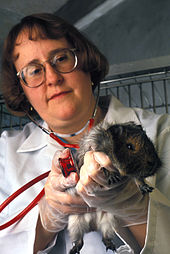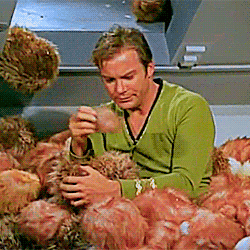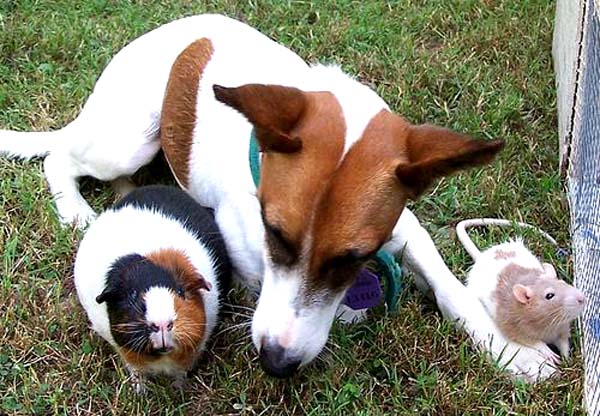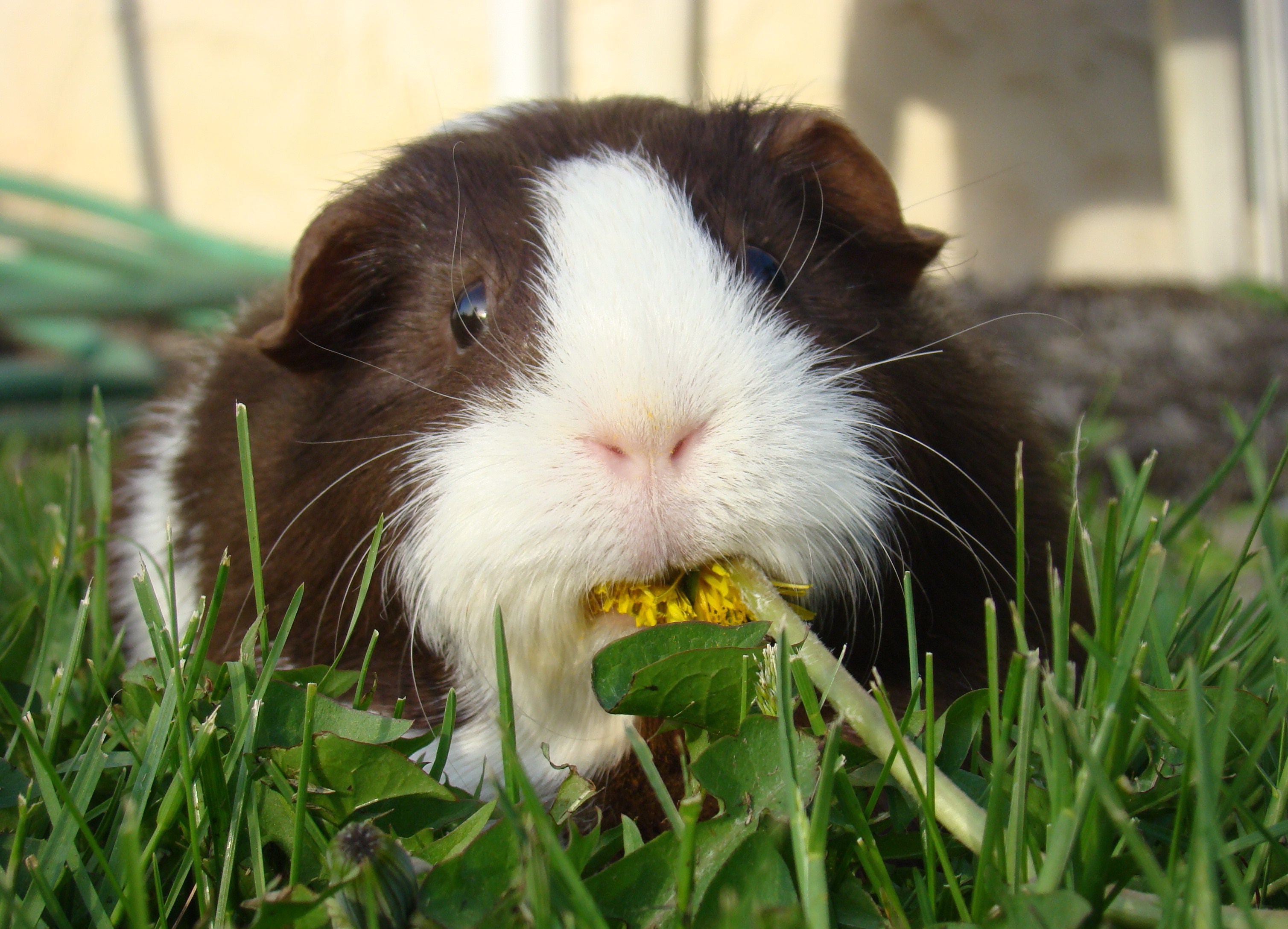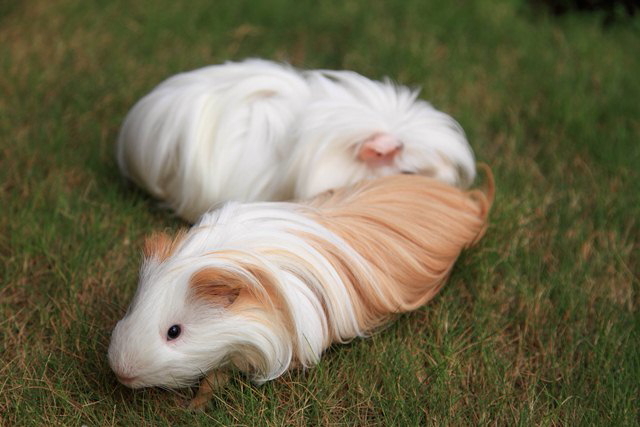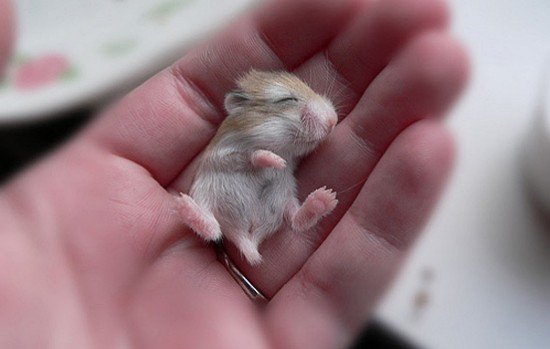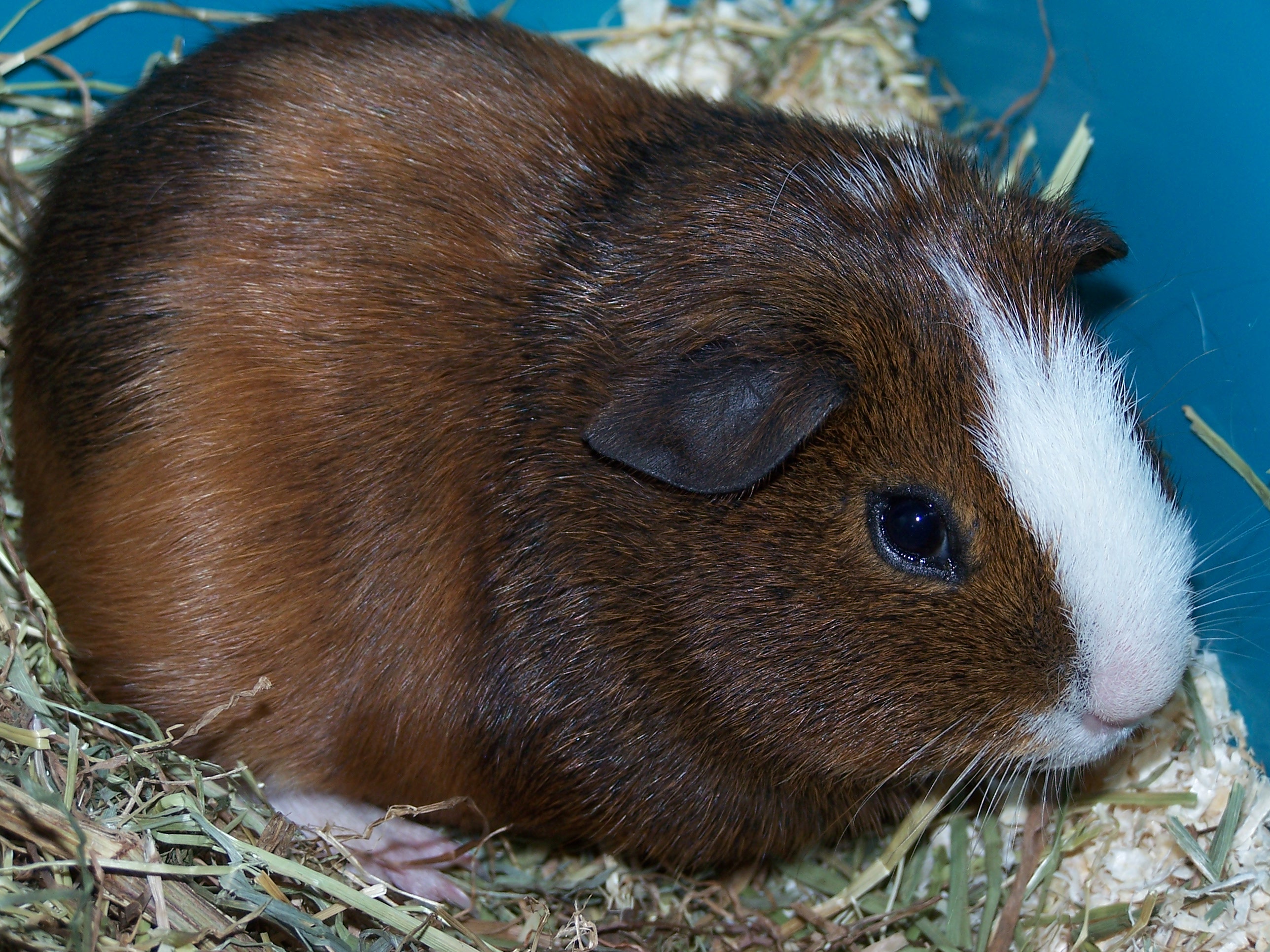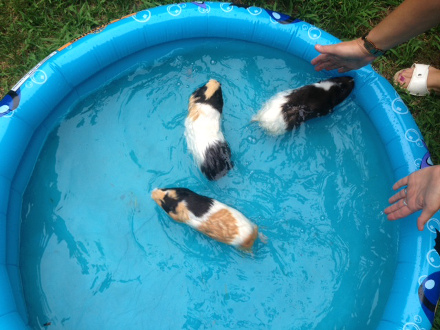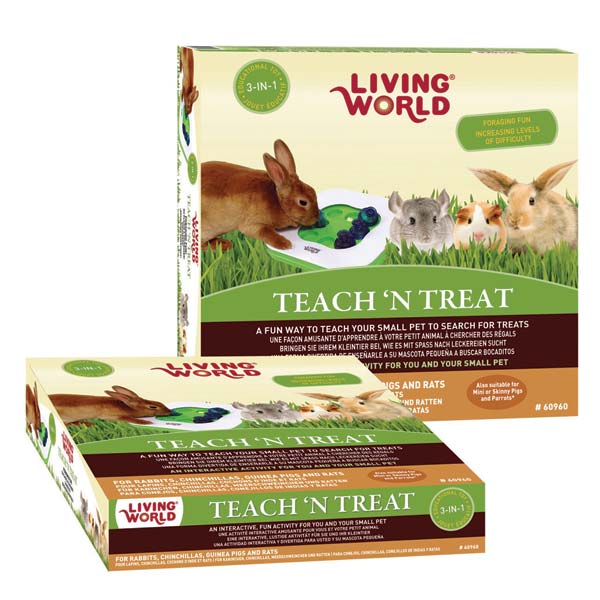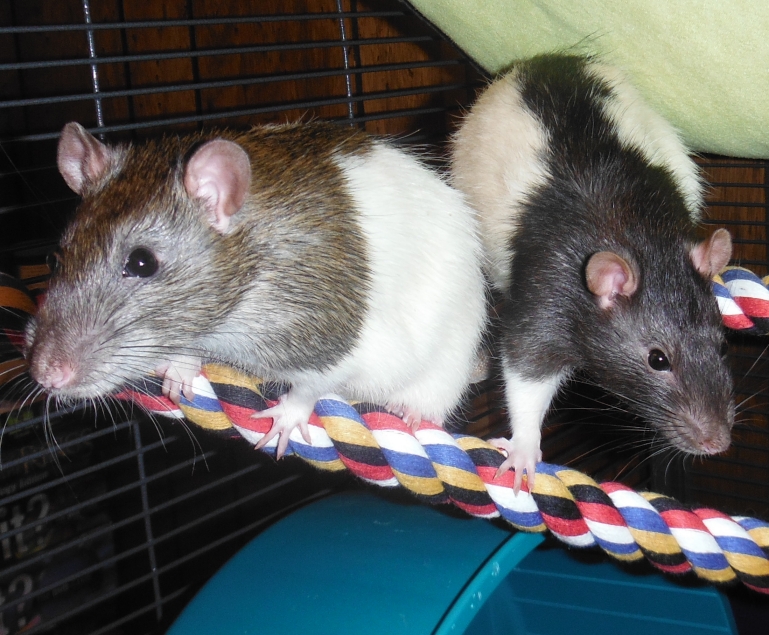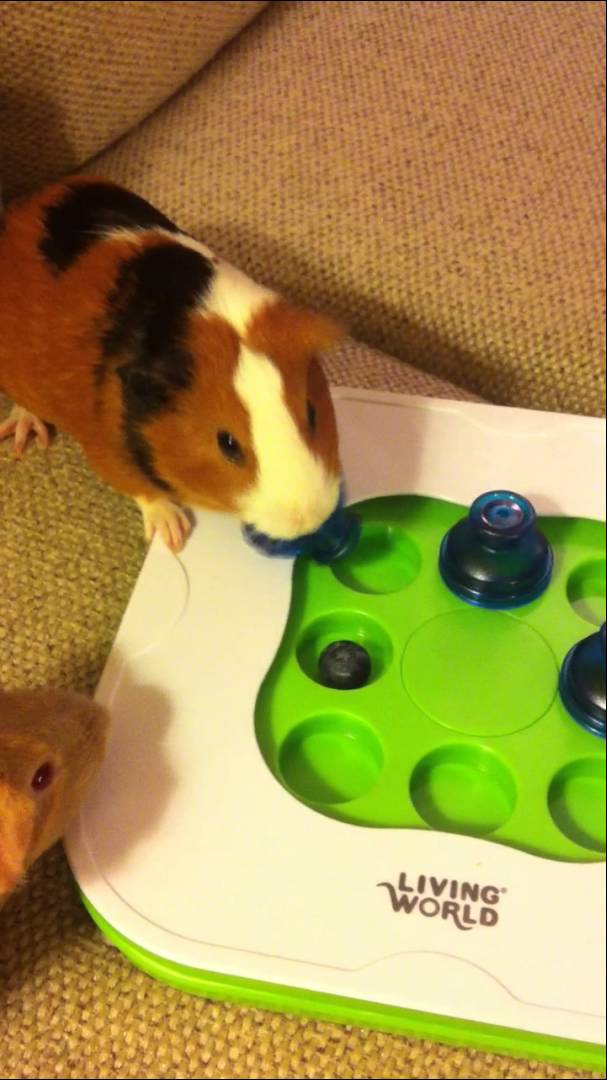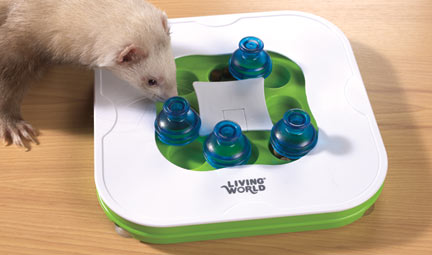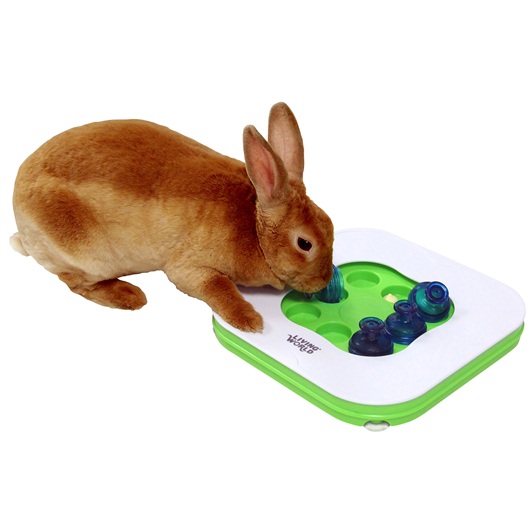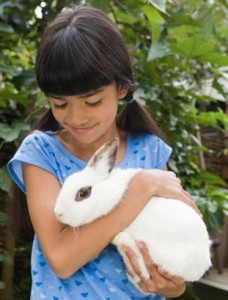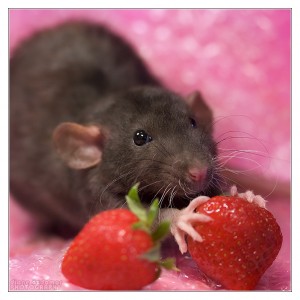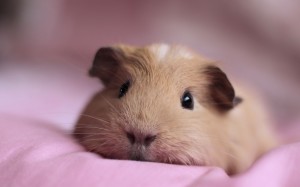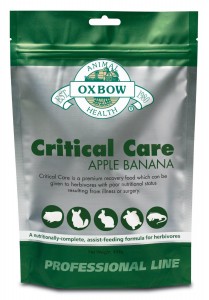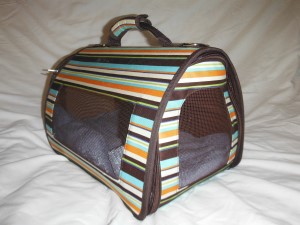 Options In Temporary Housing For Your Small Animal
Options In Temporary Housing For Your Small Animal
We are all here because we love our pets and want the best for them. We want them to be happy, healthy, and comfortable. If you have a small animal, you probably already have an awesome setup for them, maybe even a several story cage with plenty of room, but something like that isn’t exactly transportable. There are plenty of animal transport options out there, everything from cardboard boxes to something that is more like a small cage, so what option is the best for your animal?
The most important thing to start with is a simple question: What am I going to use this carrier for? Some people use their carrier only for visits to the vet and back, others use their carrier as a temporary cage to house their animals in while they clean the larger living space. If you are going to use your carrier as a travel cage rather than an actual carrier, I would suggest skipping the purchase of a carrier and moving straight to the small cage aisle. There are plenty of smaller cages out there that would work all right as temporary housing for your small animal in many situations, such as taking them with you on vacation or moving across country. You will want to use something that gives you room for water, food and bedding, but most importantly you will want to use something that is of solid construction from which your small animal cannot escape.
Not All Temporary Housing For Your Small Animal Is Right For Those That Chew
The All Living Things Small Animal Carrier, being made of chewable materials is NOT one of the carriers you would want to use as a temporary cage. It is meant only for the purpose of transporting your animal from one location to another, preferably while someone is observing them in the process. The carrier is made of 50% cotton and 50% polyester, with a little bit of stiff paper board sandwiched between the fabric layers to help it maintain shape and be a little durable, and the windows are covered with a soft mesh. While the flexibility of the materials makes it awesome for storage, there is little chance that such a carrier will stand up to the teeth of your little chewers. This doesn’t mean you should avoid the carrier, however. With proper supervision, this carrier can be an excellent choice.
Let’s look at some of the pros of having this carrier.
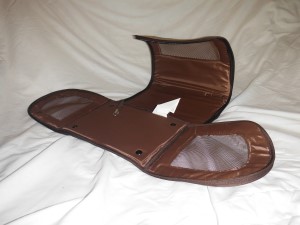 I have already talked some about the materials, but there are other aspects of the construction that make it a prime choice for purchase, namely the fact that it can be completely unzipped into one flat piece and easily stored away just about anywhere. The ability to unzip it completely also means that cleaning is a breeze. No reaching in and straining to see if you have managed to clear out all the corners, just unzip, wipe down, let dry, and you’re off again in no time at all.
I have already talked some about the materials, but there are other aspects of the construction that make it a prime choice for purchase, namely the fact that it can be completely unzipped into one flat piece and easily stored away just about anywhere. The ability to unzip it completely also means that cleaning is a breeze. No reaching in and straining to see if you have managed to clear out all the corners, just unzip, wipe down, let dry, and you’re off again in no time at all.
Another thing that I like about this carrier is the softer nature of it. It is more comfortable for the animals than hard plastic and that means it is certainly lighter to carry, something that is important for someone like myself, who has to consider a doctor mandated weight limit on anything that I pick up and move around. This brings me to another part of the softer construction; the shoulder strap. While I much prefer to hold the carrier by the top handle, there is a detachable shoulder strap that comes with it. I have used the strap once or twice, when all of the animals are going to the vet in one visit and I simply don’t have enough hands to hold them all, and that has worked well. It makes for a little bit of a bumpy ride for the animals, but it leaves me free to take a dog leash in each hand for the short walk to and from the car.
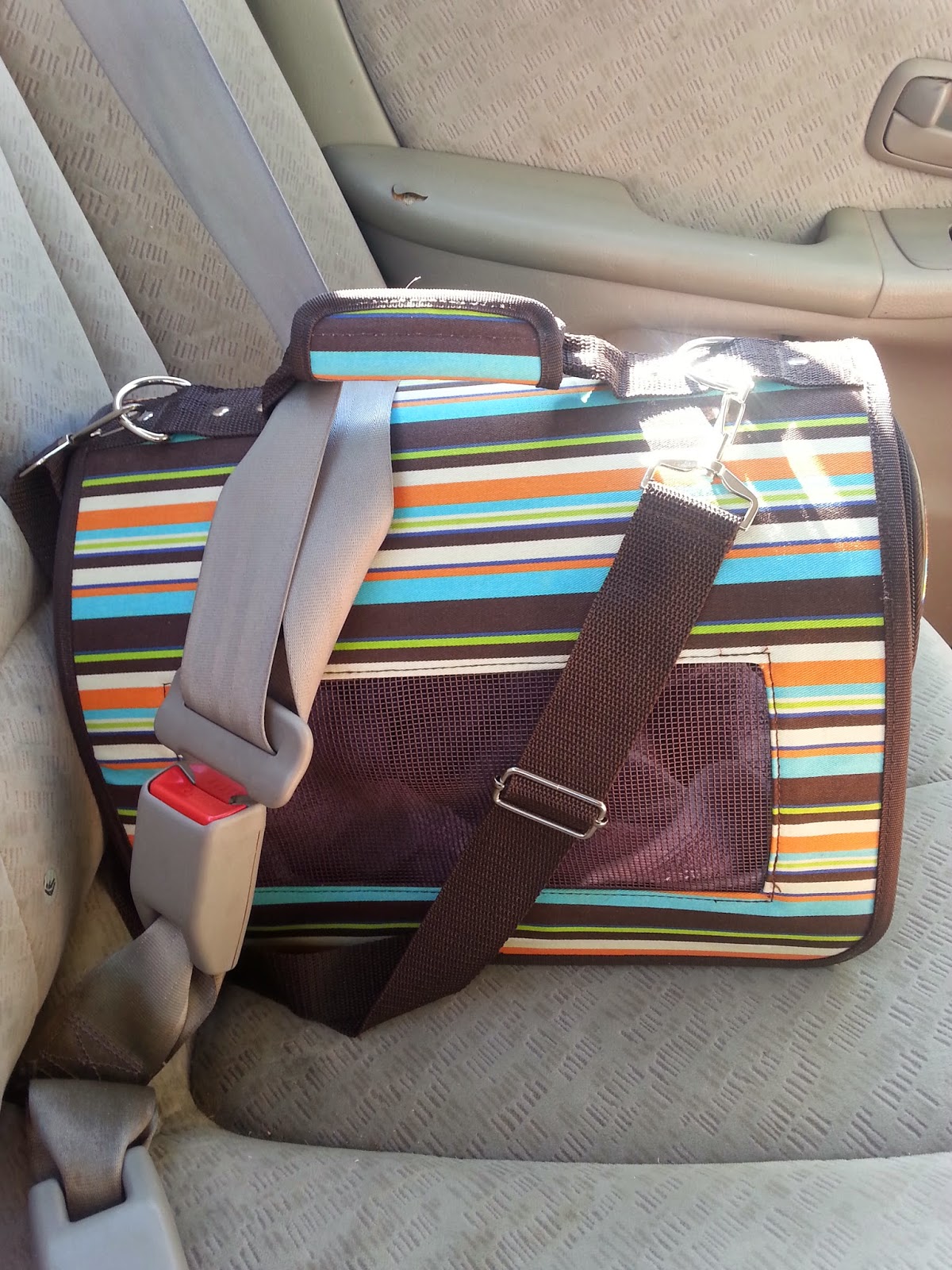 Is The Carrier Going to Protect The Animals?
Is The Carrier Going to Protect The Animals?
Finally, is the carrier going to protect the animals inside? I can say from experience that if your dog accidentally knocks the carrier out of the car and onto the ground, your small animals will be startled and shocked, but come out unharmed. That doesn’t mean I’d be dropping it off a two story building though, because being soft, it really isn’t meant to withstand much more than the occasional bump or drop.
Now is probably the time to give a few warnings regarding some things I have noticed while using the All Living Things Small Animal Carrier.
I’m going to start with that zipper again. While it is awesome to be able to store this carrier flat (especially since we live in a building with very limited space), I am always worried of pinching tail or whiskers when I am putting the rats inside. You are going to have to be careful of loading any animal that has a tendency to try and escape out of the carrier’s opening, because if you don’t watch carefully some serious zipper accidents can occur. The zipper makes it easy for you to open and holds them securely inside, but it can be dangerous if you are inattentive. When you close a carrier door that is on a hinge, the process is quick, but when you try to quickly zip something, accidents can happen. I would recommend keeping your fingers inside the carrier as you are zipping it to help prevent catching the metal on the animal inside. The zipper can also jam or break. We are currently on our second carrier because of zipper failure and will eventually need a third one, as one of the teeth is bent at the opening.
Going back to the softer construction of the carrier, what about using it for chewing animals? Well, we have rats and they are major chewers and master escape artists. Luckily, we have only ever had one rat try and chew his way out of the carrier and that lasted all of the one second that he got his teeth on the mesh window before we noticed it. If you are attentive while you are transporting, you will be able to stop your animal from chewing their way out. Do NOT put your pet in the carrier and then walk away to get another animal or clean a cage or pick up your keys, because if your pet is a chewer, it is far too easy for them to get out, destroying your carrier in the process.
So you must always consider: in the end, is the carrier going to protect the animals?
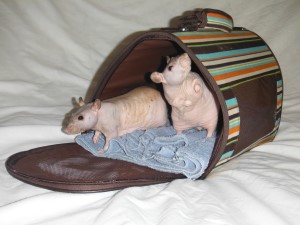 Especially For Transporting Rats
Especially For Transporting Rats
I have two other issues with the softer construction, both easily dealt with. First of all, because of the materials the carrier is made from, you are most definitely going to want to put an absorbent towel or blanket in the bottom, depending on the proper material for your animal. A little bit of paper towels or newspaper isn’t going to do and you certainly don’t want to leave the bottom of the carrier uncovered. Trust me on this one, when transporting rats, pee goes everywhere if there’s nothing to catch it. Secondly, the mesh is great for ventilation, but the carrier itself traps heat inside, so that by the time you get to where you are going the inside is like a sauna. Any time that we go somewhere with the carrier, I ALWAYS turn the car’s air vent so that it blows THROUGH the carrier windows, giving them cross breeze and circulation. This is most especially important for transporting rats like our North, who has a breathing condition and can’t remain in the carrier for more than a minute or two. So as soon as you get to the vet, open that carrier and let your babies get some fresh air.
The most important thing to think about when you are getting a carrier is the safety of your animal. The durability of this carrier is not meant for long rides in traffic, where accidents could happen. If you hit the side of this thing, it will bend, so while your dog can knock it on the ground or your cat can push it off the counter and your animal will be startled but okay, a more serious impact probably won’t have as happy of an ending. For that reason, I would not recommend this carrier to anyone who is using it to drive long distances on major roads, even if you have someone keeping the air blowing through and watching for escapist behavior.
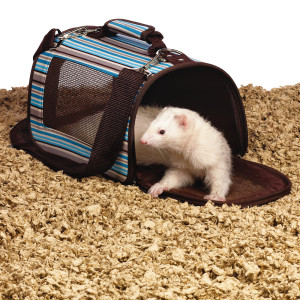 Pros:
Pros:
*A lot like a little den, soft and comfortable.
*Opens flat for easy cleaning and storage.
*Has detachable shoulder strap.
*Will protect your babies from short distance falls.
Cons
*Easy to chew through.
*Quickly gets stuffy inside.
*Needs absorbent materials added in base.
*Won’t protect well on hard impact.
*Use caution when using zipper.
 Mirrani Houpe, our Small Animal Editor, has had rats since she took home her first little boy once they both completed the second grade. Since that time she has purchased, rescued and bred many kinds of rats, from many backgrounds. She may not be a vet, psychology major, or scientist, but her babies have her very well trained when it comes to how to care for them. She is constantly working with her family’s veterinarian to come up with new and innovative ways to love and care for the most often misunderstood rodent in the pet world. You can e-mail her at mirrani@yourpetspace.info
Mirrani Houpe, our Small Animal Editor, has had rats since she took home her first little boy once they both completed the second grade. Since that time she has purchased, rescued and bred many kinds of rats, from many backgrounds. She may not be a vet, psychology major, or scientist, but her babies have her very well trained when it comes to how to care for them. She is constantly working with her family’s veterinarian to come up with new and innovative ways to love and care for the most often misunderstood rodent in the pet world. You can e-mail her at mirrani@yourpetspace.info


